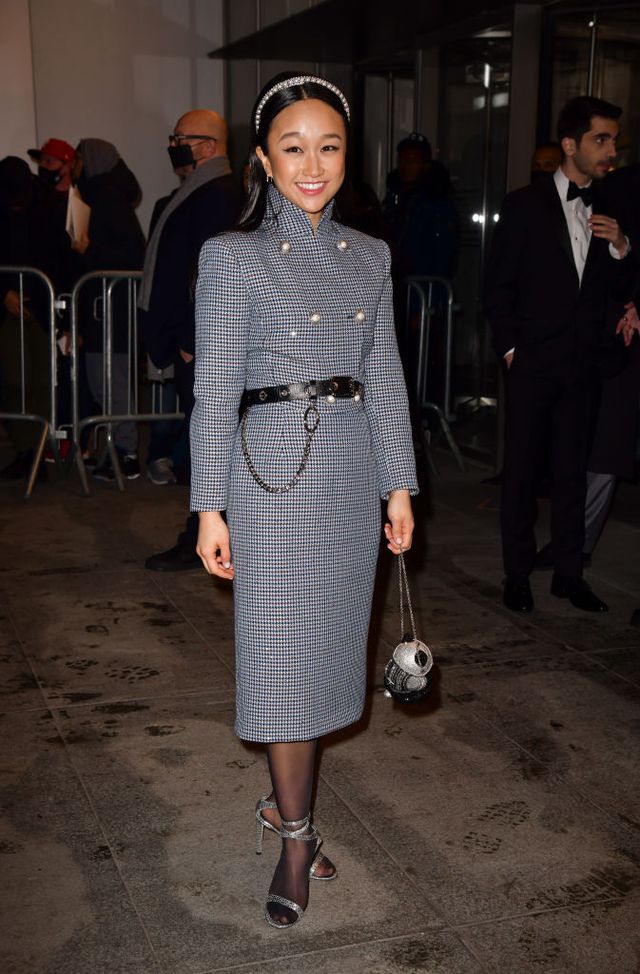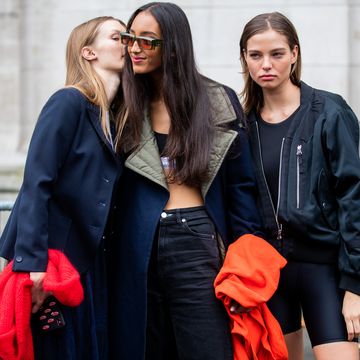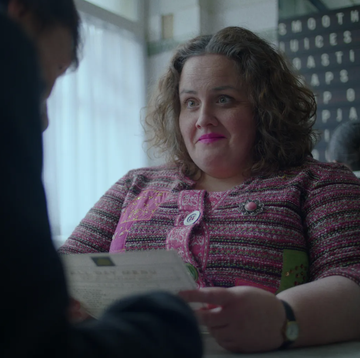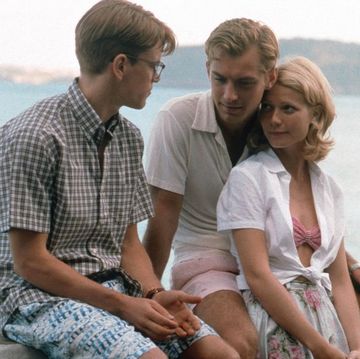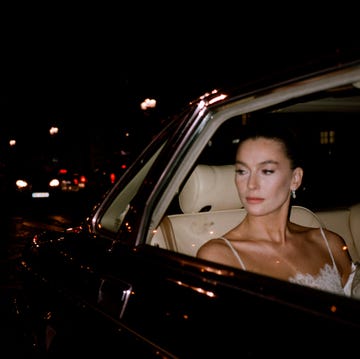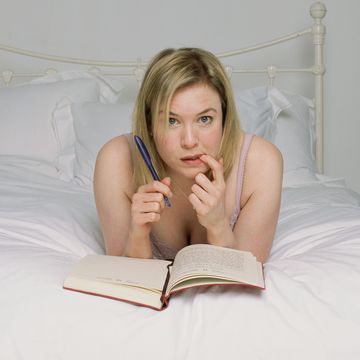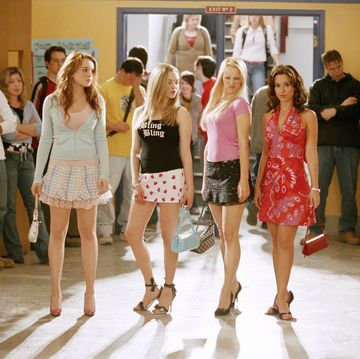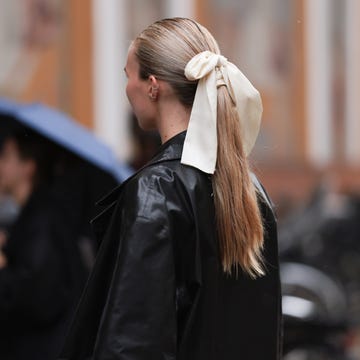As a Chinese-Filipina-American, I am one of about two billion East and South Asian women in the world. That number is so high because 'Asia' itself is largely a Western construct – two billion women are not a monolith, but rather a wealth of different cultures. We were grouped together because we were the ‘other’, our foreignness being our collective experience.
Recently, rhetoric, purporting some of us as the ‘other’ again, implied blame for a global crisis. And the result was pretty clear. The Center for the Study of Hate and Extremism reported a 339 per cent increase in hate crimes against Asians in 2021, after already doubling in 2020. Asian women around me experienced verbal and physical attacks. We feared being followed into our homes or pushed into traffic. This experience was painful, not just because we were mourning those lost, but because we felt like we had to make ourselves invisible again, right as we thought we were starting to be seen.
Dehumanising East and South Asian stereotypes began centuries ago with colonisation and in response to Asian immigration to Western countries. American newspapers warned of ‘Yellow Peril’, and the US passed The Page Act of 1875, targeting “immoral” East Asian women. We were ‘undesirables’, prostitutes threatening disease to white males. Soon after came The Chinese Exclusion Act of 1882, the first immigration law to ban a specific ethnic group.
Laws continued to explicitly ban Asian immigration, with waves of Chinese, Japanese, Punjabi, Bengali, Korean, and Filipino immigrants facing backlash as they arrived on Western shores. The media created fear that led to exclusion, lynchings, riots, segregation, job discrimination, internment, and occupation of our home countries. Our communities were torn apart, while women were additionally sexually objectified as ‘lotus flowers’, exotic seductresses, or submissive wives. We existed primarily in relation to male counterparts.
Today, we are our own porn category. What does this mean for young Asian women? Personally, it’s a constant reckoning with beauty and sexuality. I wish it was easier to take pride in my sexual freedom, but there’s a store of comments in my memory that make me pause. I remember a grown man pushing me into a fence after school one day. He uttered the words, “What I could do to this China doll.” I was in elementary school. I was confused then, but now I know why I was scared, and why I still question myself in the mirror. I wonder if I’m dressed ‘too Asian’, if what I’m wearing implies that I’m ‘asking for’ an Asian-themed catcall. Or am I betraying my race and trying to look whiter? Do people only find me sexy because they’re reminded of a fetish? Do we all feel that shame? Will it end?
The better question might be: how will we teach the next generation to view us? If we are to combat centuries of misrepresentation, the world must see us as a complex, diverse group of humans who can stand on our own. We need nuance. We need screen time. However, a study released in 2021 by The Geena Davis Institute/CAPE/Gold House found that in the top 10 grossing films each year from 2010-2019, not a single Asian female played a lead or co-lead. Another study by The USC Annenberg Inclusion Initiative sampled the top 1,300 top-grossing films between 2007-2019, and found API women were leads or co-leads in only six films, and none were South Asian. Asian women grow up and see themselves as supporting characters, or don’t see themselves at all. What do we lose as a result?
I was lucky enough to grow up with many other Asian-Americans, but it wasn't enough to shield us from judgment and ridicule about our food, or our parents’ accents. I gave up on learning Tagalog, complained about Chinese school, and was wary of the kids labelled 'FOBs' (Fresh off the Boats). I was so proud when the cool kids said I wasn’t like the other “chinks”. The pride also stung, as though I’d allowed someone to pin a blue ribbon right into my chest. What is it like to grow up without the burden of trying to be white enough?
For many years, I accepted my place in the model minority. The system rewards Asians for assimilating, keeping quiet, and working hard – to an extent. We are tasked with being the whitest POC, especially those of us in the arts. But now we know better than to compete. We don’t need to police our identities anymore. And we will not be silent.
Values, knowledge, customs and art can all be as varied as our fingerprints. In celebrating those differences, we inspire progress to benefit us all. It starts with diverse and authentic representation, to provide role models for the next generation of women. We need to explore and appreciate the full scope of our humanity. East and South Asian women must know that we can rise up to be the heroines. We belong here, in all our splendour.
Edited by Ella Alexander


